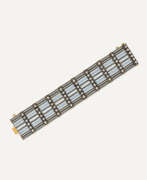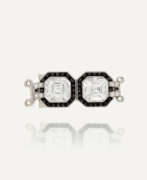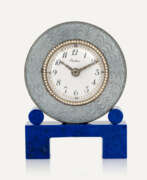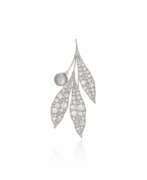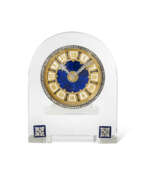Belle Époque

Belle Époque
The Belle Epoque (literal translation „The Beautiful Era“) is a significant period in European history, predominantly characterized by optimism, peace, economic prosperity, colonial expansion, and profound cultural and technological innovations. This era, generally considered to have spanned from around 1871-1880 to the onset of World War I in 1914, marked a golden age particularly in France, but also in the broader European context.
During the Belle Epoque, France, under the Third French Republic, enjoyed stability after the tumult of the early years marked by events such as the Franco-Prussian War and the Paris Commune. This period saw the nation rise as a cultural hub of global influence, with advancements in education, science, and medical institutions. However, it's important to note that not all of France experienced the era's wonders equally, as a large economic underclass and rural peasantry continued to face challenges.
Artistically, the Belle Epoque was a time of groundbreaking change and innovation. Before the 1870s, most artists adhered to conservative styles favored by the Académie des Beaux-Arts, focusing on traditional subject matters like religious and historical themes. However, the Impressionist movement, led by artists such as Claude Monet, Pierre-Auguste Renoir, and Camille Pissarro, broke away from these norms. This movement paved the way for Post-Impressionism and other avant-garde styles, including Fauvism, Modernism, and Cubism, with notable artists like Paul Cézanne, Vincent Van Gogh, and Pablo Picasso making significant contributions.
The Belle Epoque also marked a surge in urban leisure and mass entertainment. Cultural establishments such as music halls, cabarets, cafes, and salons became increasingly popular. The Moulin Rouge, founded in 1889, epitomized this lifestyle, becoming a landmark for the French Can-can dance. Paris during this time was also a center for fashion and consumer culture, with the rise of department stores and the establishment of haute couture fashion houses.
Politically, the Belle Epoque coincided with the Age of New Imperialism, with European powers establishing vast empires, particularly in Africa, Asia, and the Middle East. This expansion had significant global impacts that extended well beyond the era itself.
For collectors and experts in art and antiques, the Belle Epoque offers a rich tapestry of history, culture, and artistic innovation. The era's influence on various art forms, including painting, sculpture, and the decorative arts, continues to be studied and admired.
If you are interested in exploring more about this fascinating period and wish to receive updates on related product sales and auction events, I encourage you to sign up for updates on the Belle Epoque. This subscription will provide you with valuable insights and opportunities related to this remarkable era in European history.
| Country: | Belgium, France, Western Europe |
|---|---|
| Start of the period: | 1871 |
| End of the period: | 1914 |


